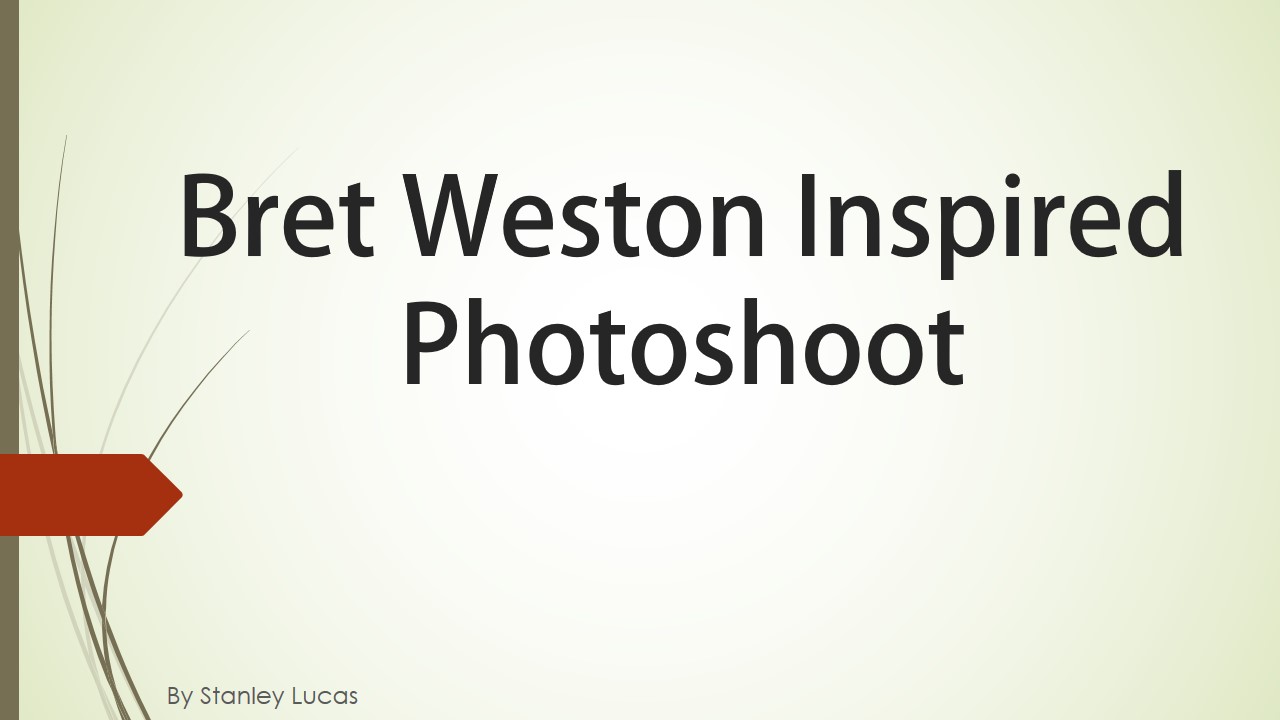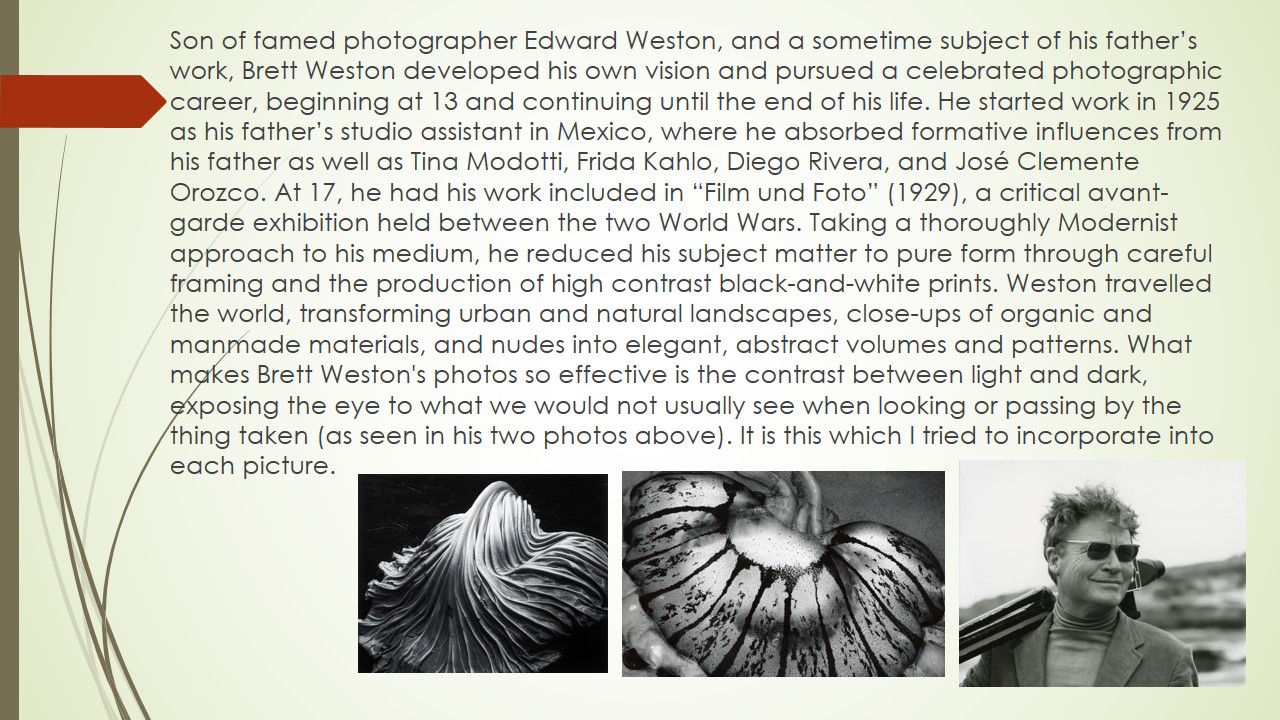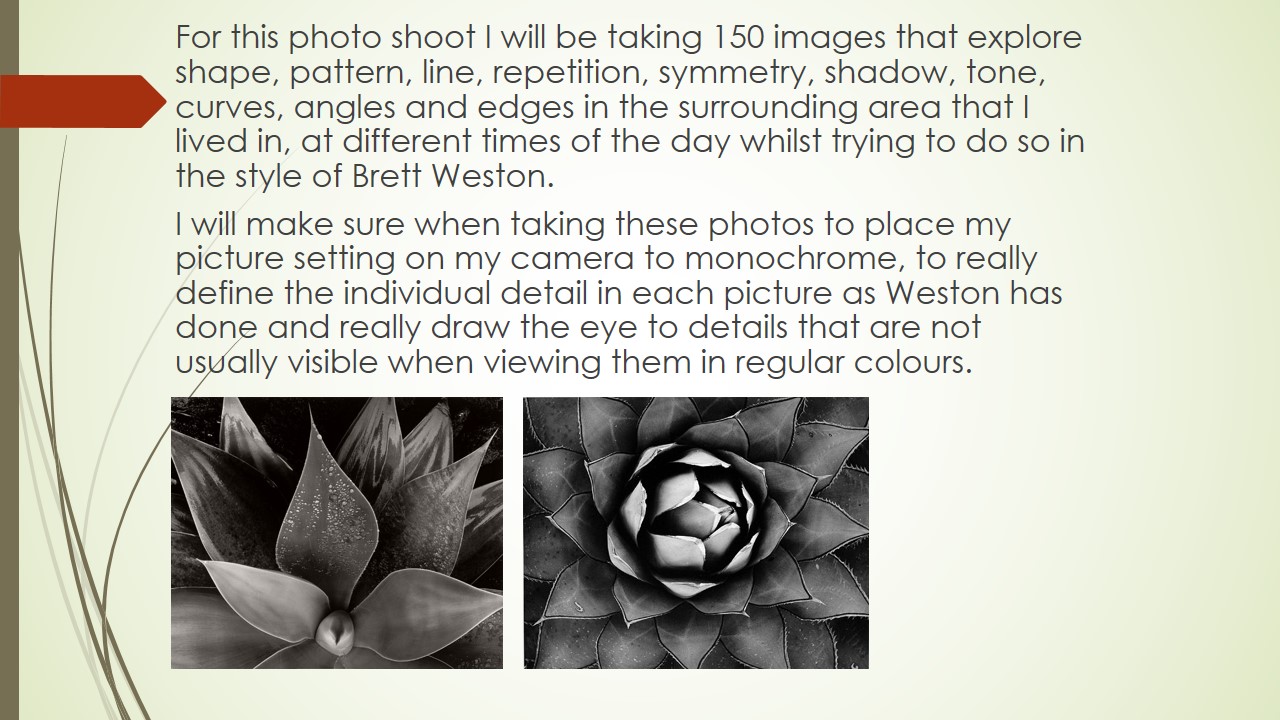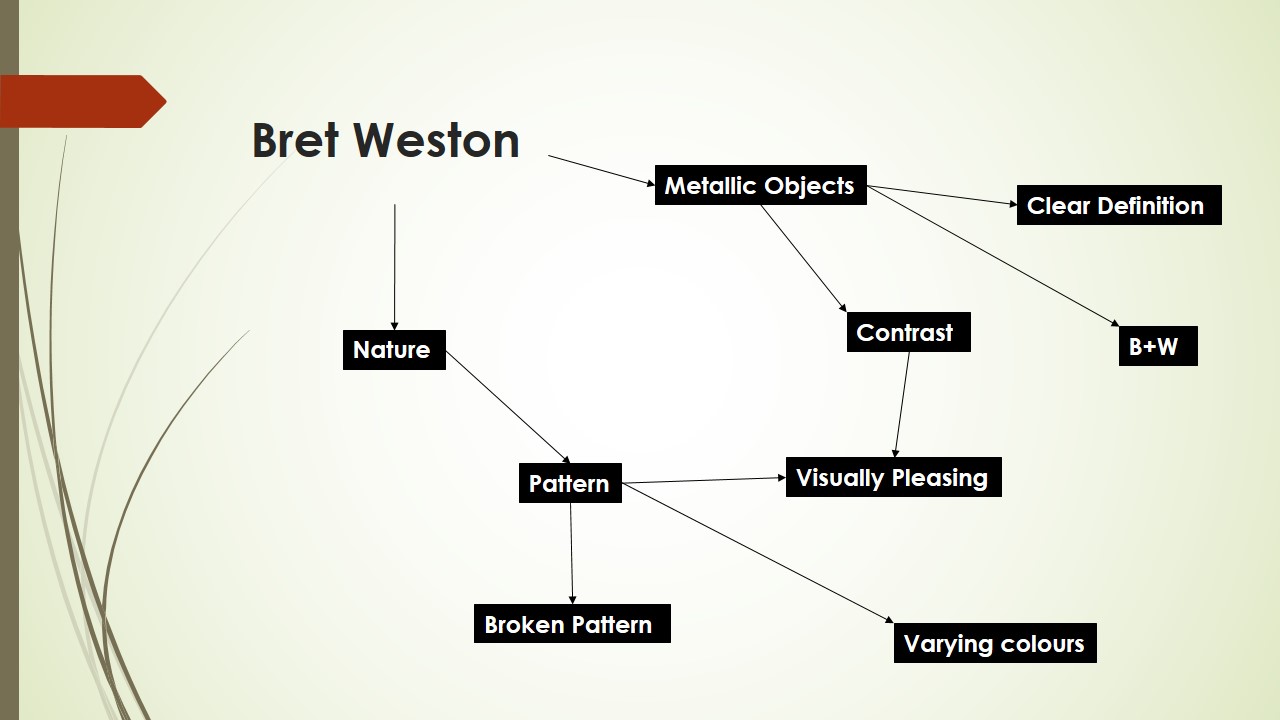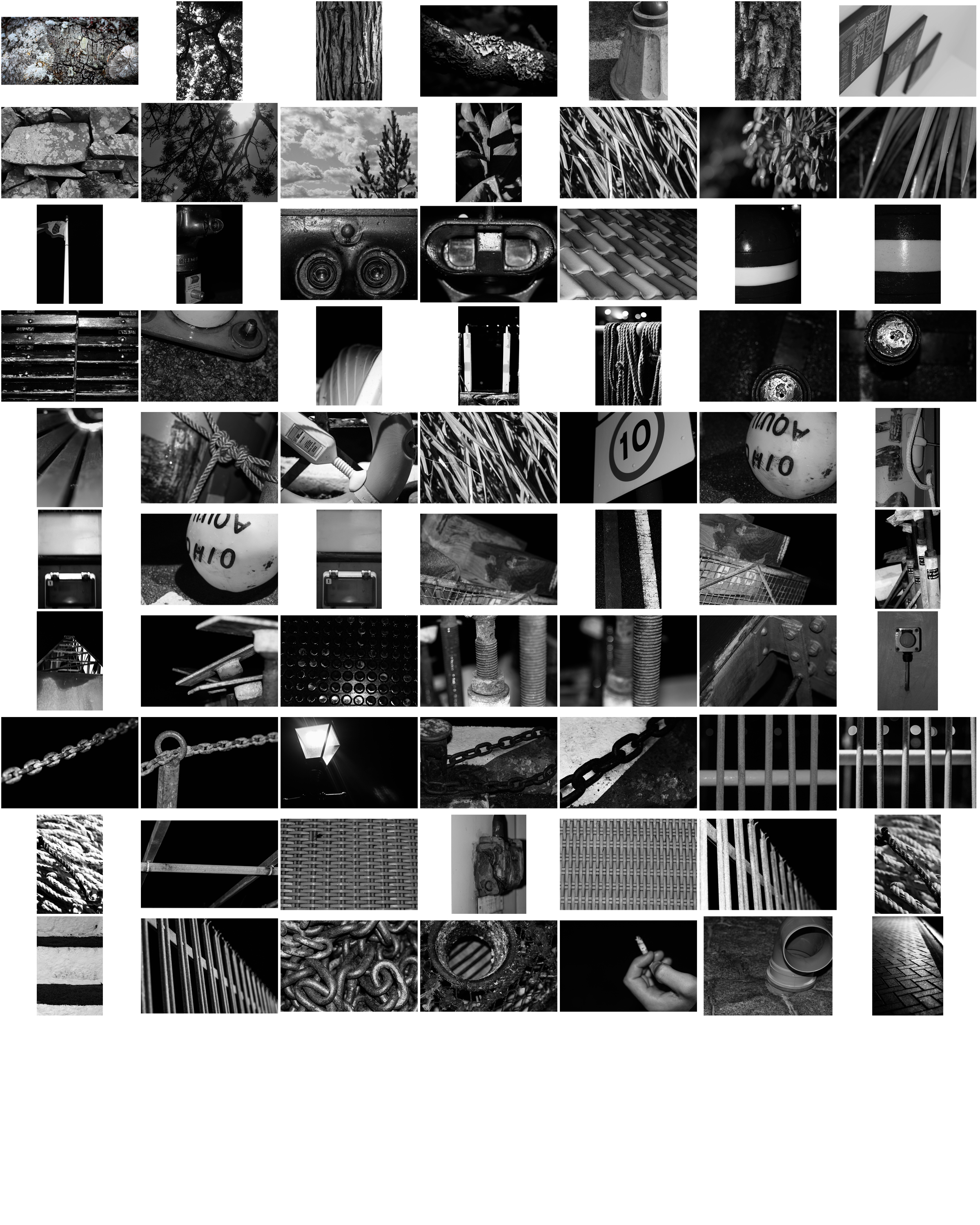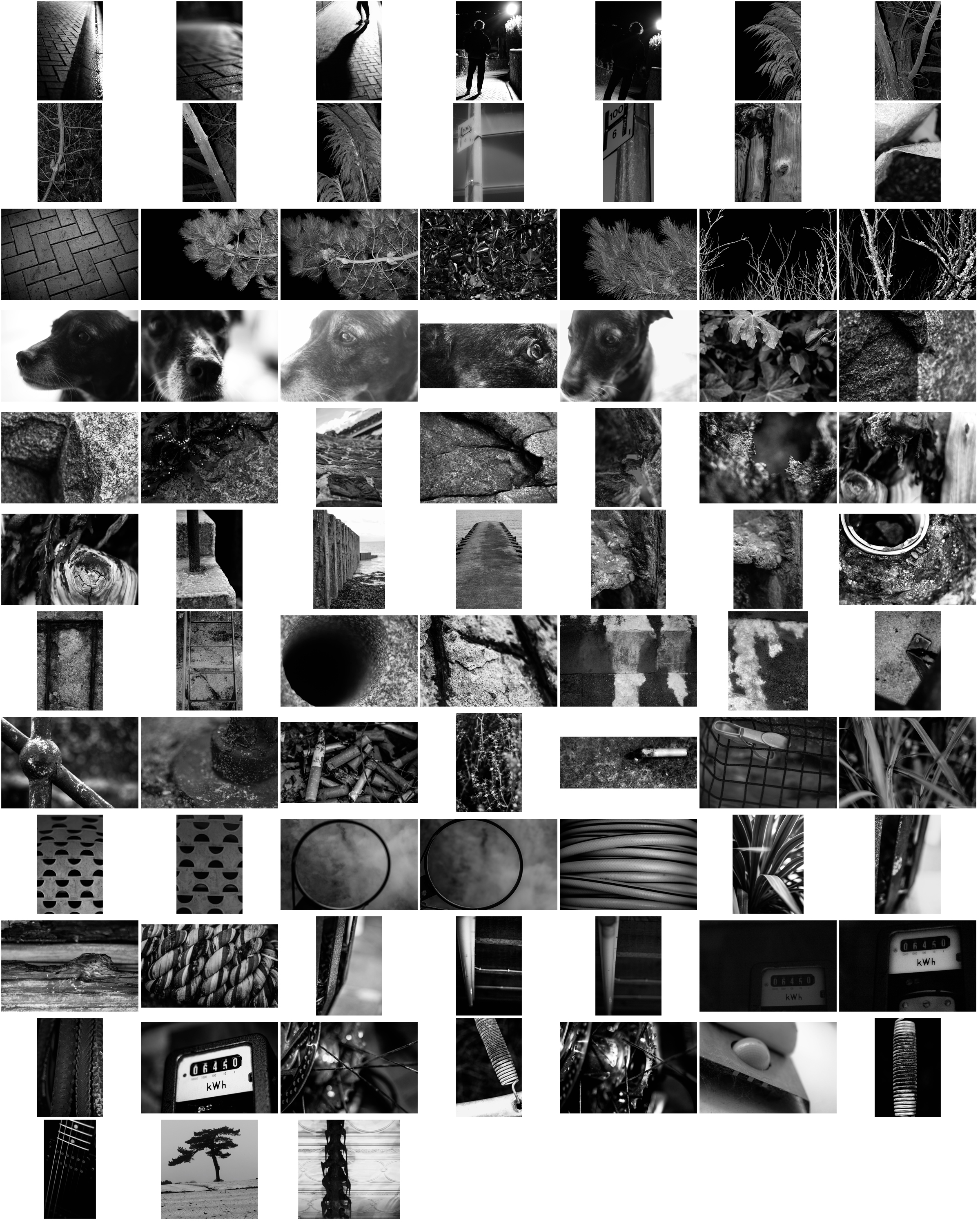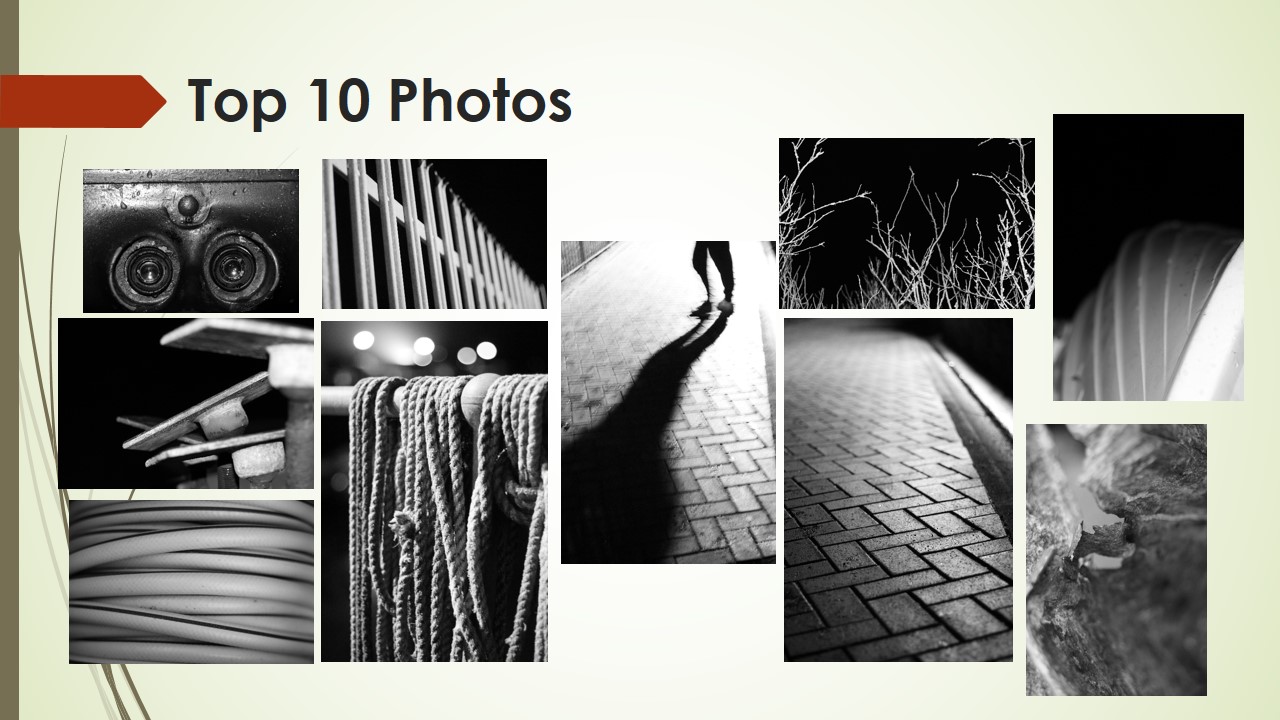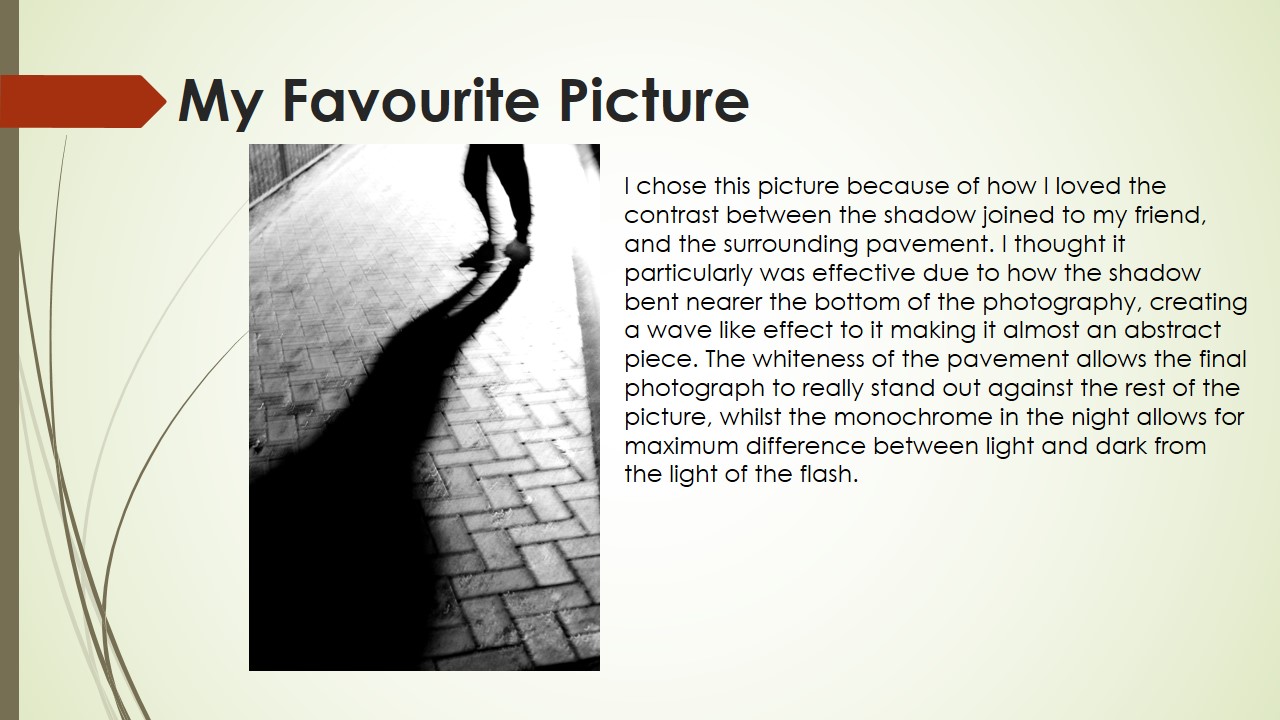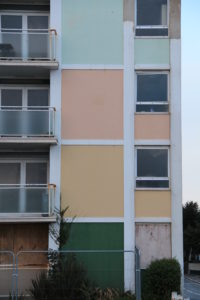
Monthly Archives: September 2017
Filters
Tanja Demain And Johnny Briggs Photographer
Recently there was an exhibition for Johnny Briggs,how work was mainly surrounding the inspiration of his life growing up and the impact fro within his family life and also his fathers voice.So he uses photography to explore my relationship with deception, the constructed reality of the family, and question the boundaries between his parents and himself , between child/adult, self/other, nature/culture, real/fake in attempt to revive my unconditioned self. He is also inspired by many different effects of war and how in the modern day he can represent an underlining aftermath of the holocaust and how it also effects jerseys history as a whole. In his pieces you can see many mouths and lipstick in order to demonstrate how to be quite and as a metaphor to be shut out.Th lipstick also represents how something designed to enhance beauty and also portrays no speech and a substance that you do not want to touch to cause an impact of smudging of ruining a relationship .Here are some examples of his own work.Within the makings of his work he also likes to produce it relativity rather than using Photoshop to create an almost illusion.
.

Tanja Deman’s art is inspired by her interest in the perception of space and her relationship to nature. Demain,is a photographer inspired by many natural works and also how some of these monumental industrial building can fit into other scenarios in order to demonstrate a demand for attention and significance.She explains how she knows where she wants to explore but it is nature and whatever she can develop informant of her that inspires her to make her art.She is also interest in Observing recently built legacy or natural sites her work investigates the sociology of space and reflects dynamics hidden under the surface of both the built and natural environment. Many of her new artworks are inspired by taking them underwater to develop a relationship with the movement of water and lighting and to capture the perfect atmosphere that is also the most uncovered and unexplored part of the world,so inspired her to further look into what she uncover,almost as a mystery to herself.


Exploring Exposure
Within this photo shoot, I messed around with the exposure settings on my camera to see which number displayed the piece of paper most effectively.Within Photographs, exposure determines how light or dark an image will appear when it had been captured by the camera and viewed. This can be determined through aperture, ISO and shutter speed, which can be located on your camera and seen in the exposure triangle below. However you need a combination of all three to make the perfect exposure. If too little light is let into the picture, it will become too dark and underexposed, and the same with letting too much light into it as the image will become too bright and overexposed.
Brett Weston Inspired Photoshoot
ISO
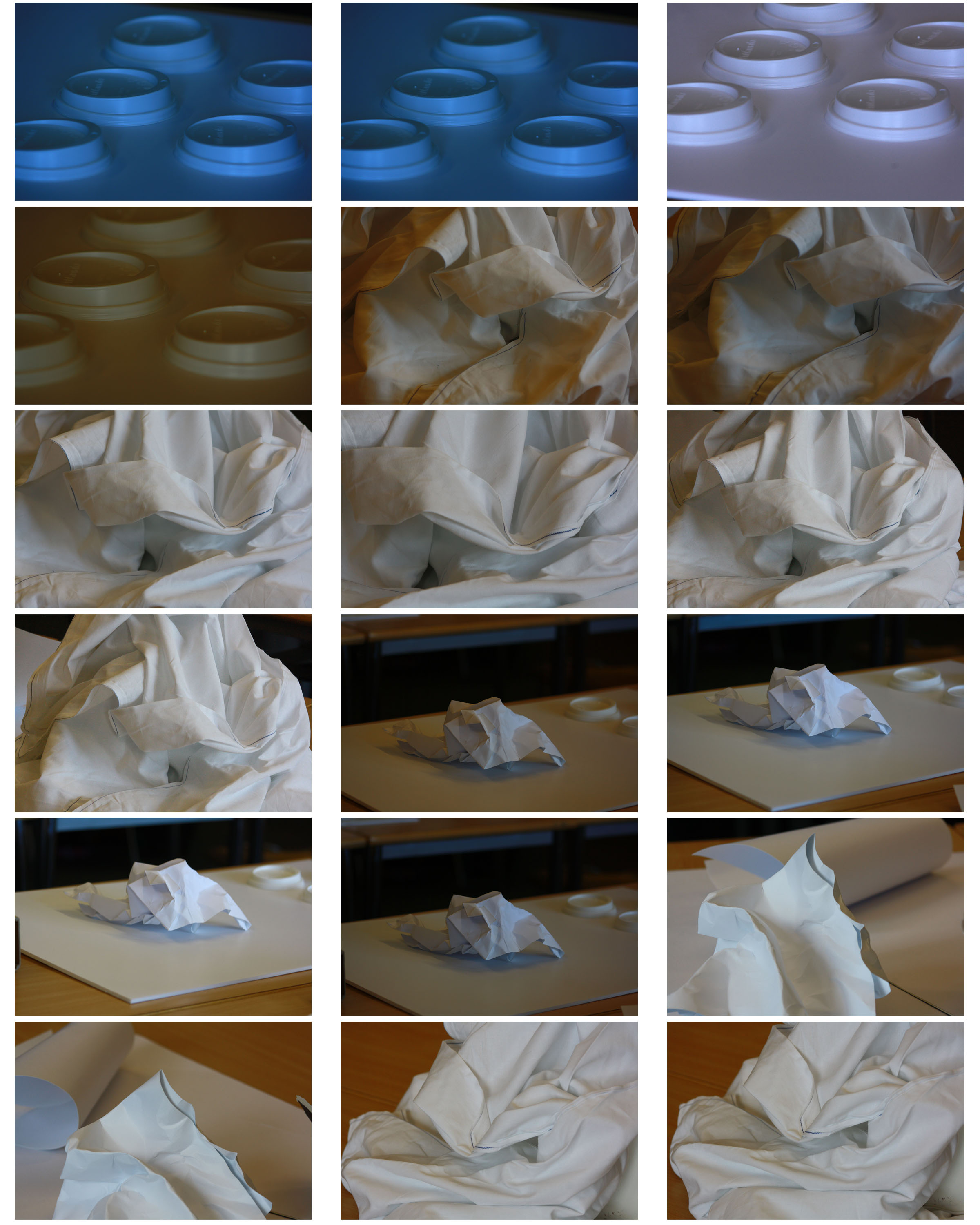
ISO measures the sensitivity of the light sensor, which is responsible for gathering light and transforming it into an image. The lower the number the lower the sensitivity of the film and the finer the grain in the shots you’re taking. In darker situations a higher ISO setting is used to get fast shutter speeds.
ISO Speed Example:
ISO 100 – 1 second
ISO 200 – 1/2 of a second
ISO 400 – 1/4 of a second
ISO 800 – 1/8 of a second
ISO 1600 – 1/15 of a second
ISO 3200 – 1/30 of a second
The ISO sequence is: 100, 200, 400, 800, 1600, 3200, 6400 and etc. Each step between the numbers effectively doubles the sensitivity of the sensor.

Contrast and Tone
The Zone System is a technique that was formulated by Ansel Adams and Fred Archer. It is an approach to a standardized way of working that guarantees a correct exposure in every situation, even in the trickiest lighting conditions such as back lighting, extreme difference between light and shadow areas of a scene.I've used the Zone system to edit my own photos so I can get the perfect balance in tones. I used Photoshop to change contrast, hue and saturation to get a wider range of shades to finish with a perfect image with many tones.
Exploring Tone and Contrast
- In this edit, I took the top image and added a black and white filter. I then added contrast and lowered brightness. Then, to make the image more dramatic, I increased the amount of black in the image using the zone system.
- The zone system was created by Ansel Adam and is shown in the bottom picture.
- The zone system shows the amount of white/black in a photo and allows us to adjust it to our liking. It lets us pick a correct amount of exposure every time.
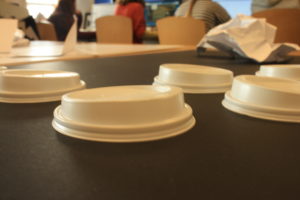


Zone System
The zone system is a system developed by Ansel Adams and Fred Archer in 1939. The system guarantees the correct exposure in every shot.
What is it ?
The Zone system separates the highlights and shadows in a image into 20 different sections so that the fill scale is guaranteed in each shot, buy having the whole range within an image it becomes sharper and more thought-provoking. The scale is measured in Roman numbers and increases from the lightest panel to the darkest

Exploring The Exposure Triangle

The Exposure triangle is a vital part of photography a can have a massive impact on the style of photography that you can access and the quality and levels of the photos that you can take if the triangle is understood and used probably.
Aperture -Aperture controls the iris diaphragm within the lenses which let is sensitive to light and is what lest in the difference amount of light into the camera.
ISO -This controls how sensitive to light the camera is, for daytime you would use a low ISO and for night time photography a high ISO would be needed.
Shutter speed – Controls the amount of time that the sensor is exposed to light for, which can be turned up or down.
Ansel Adams Zone System
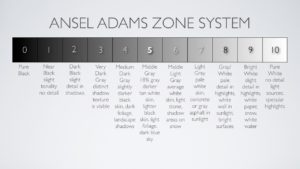
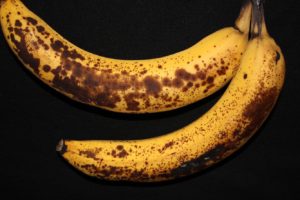
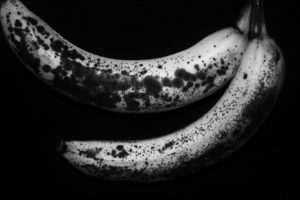

Ansel Adams created the Zone system, a process of capturing a series of dark to light tones in an image. This would maximize the effect of an image giving it more drama and allowing each aspect in a photo to stand out for itself.
We edited our own photos with same outcome by removing saturation, altering contrast and brightness and balancing the levels of black, white and grey tones.


